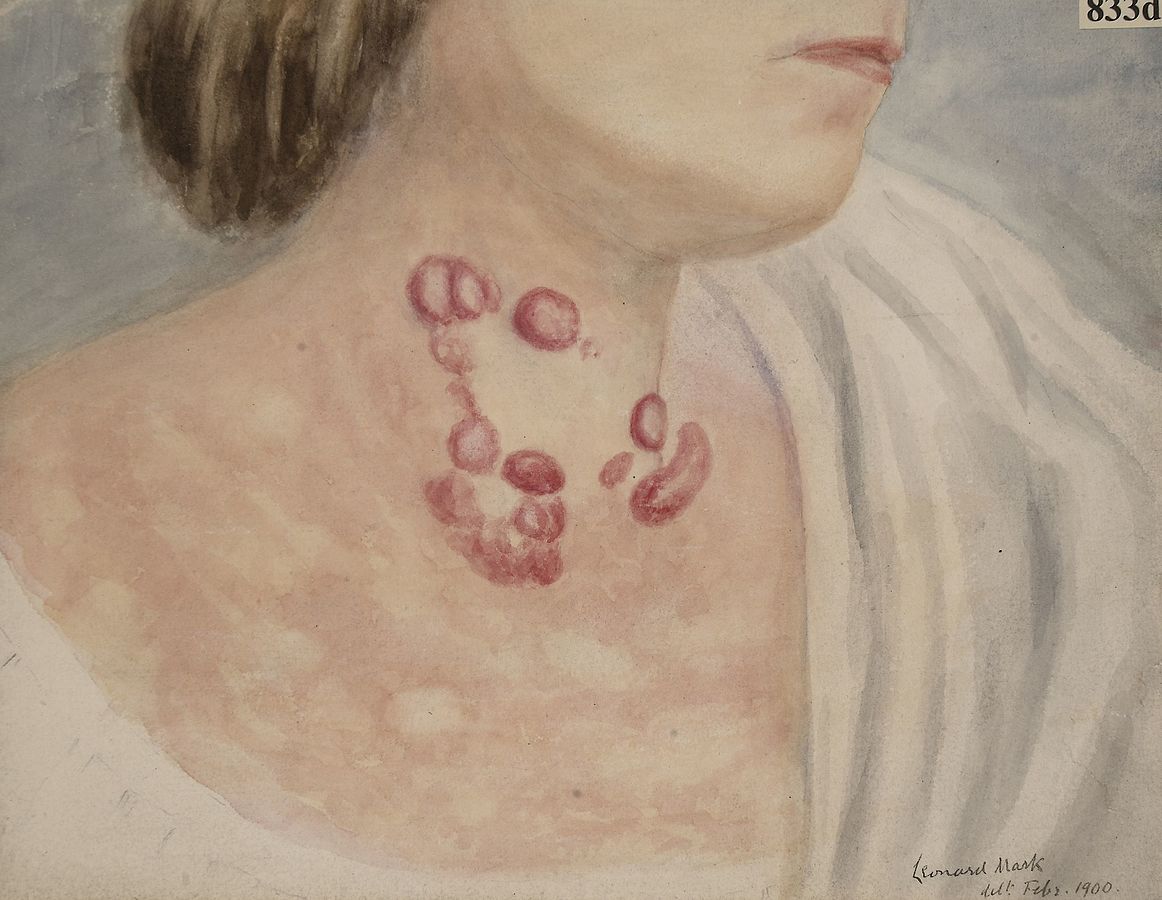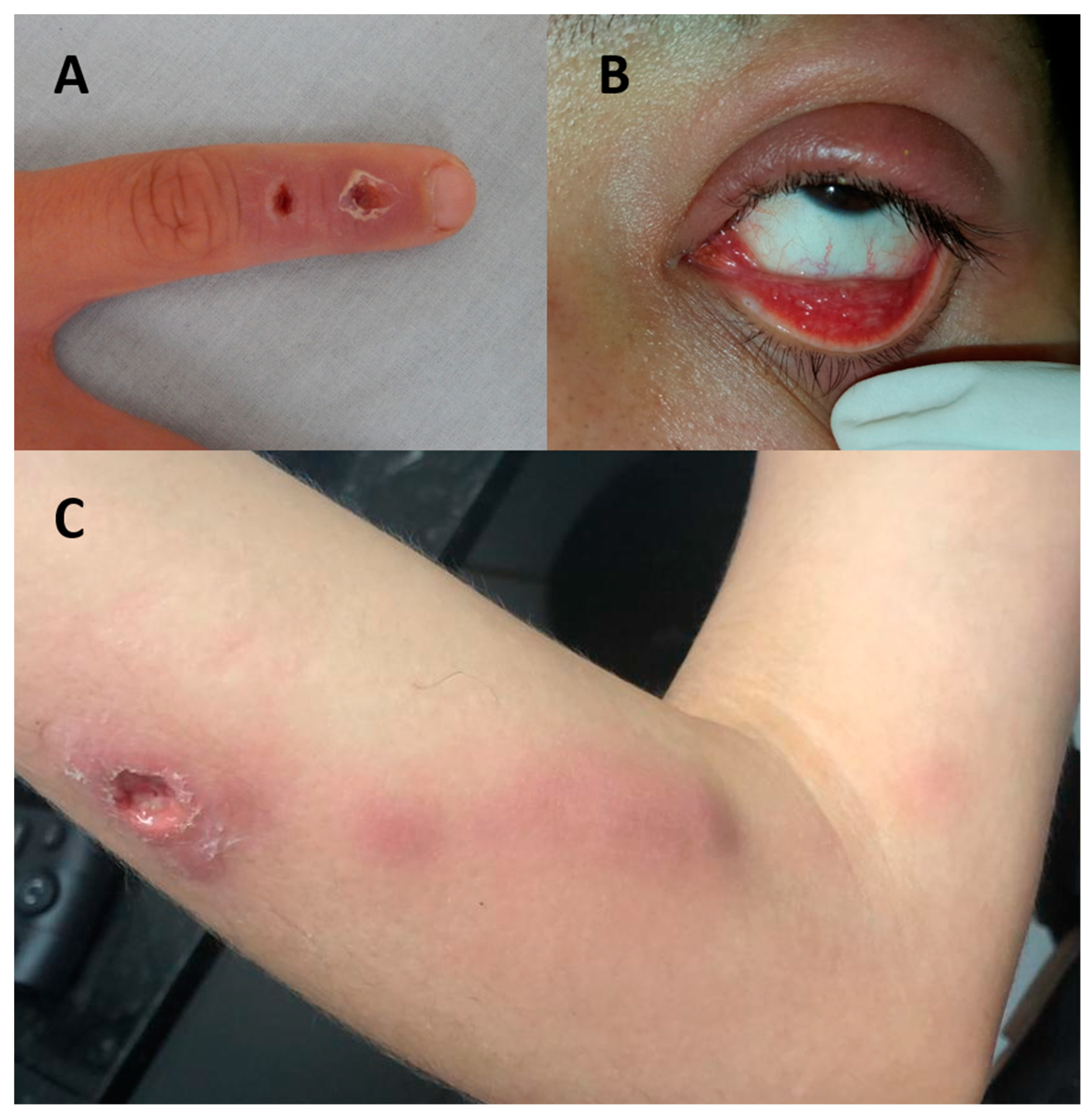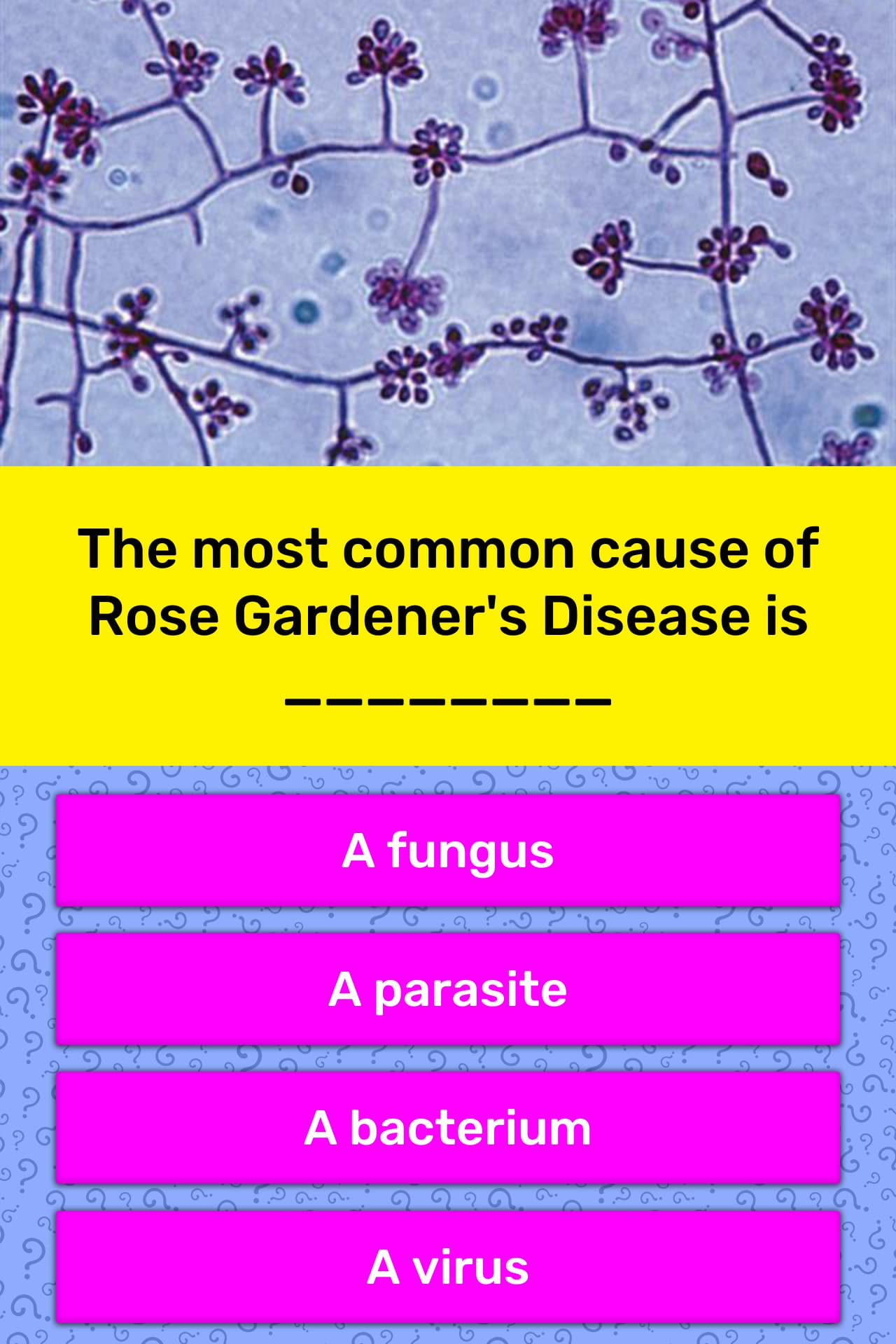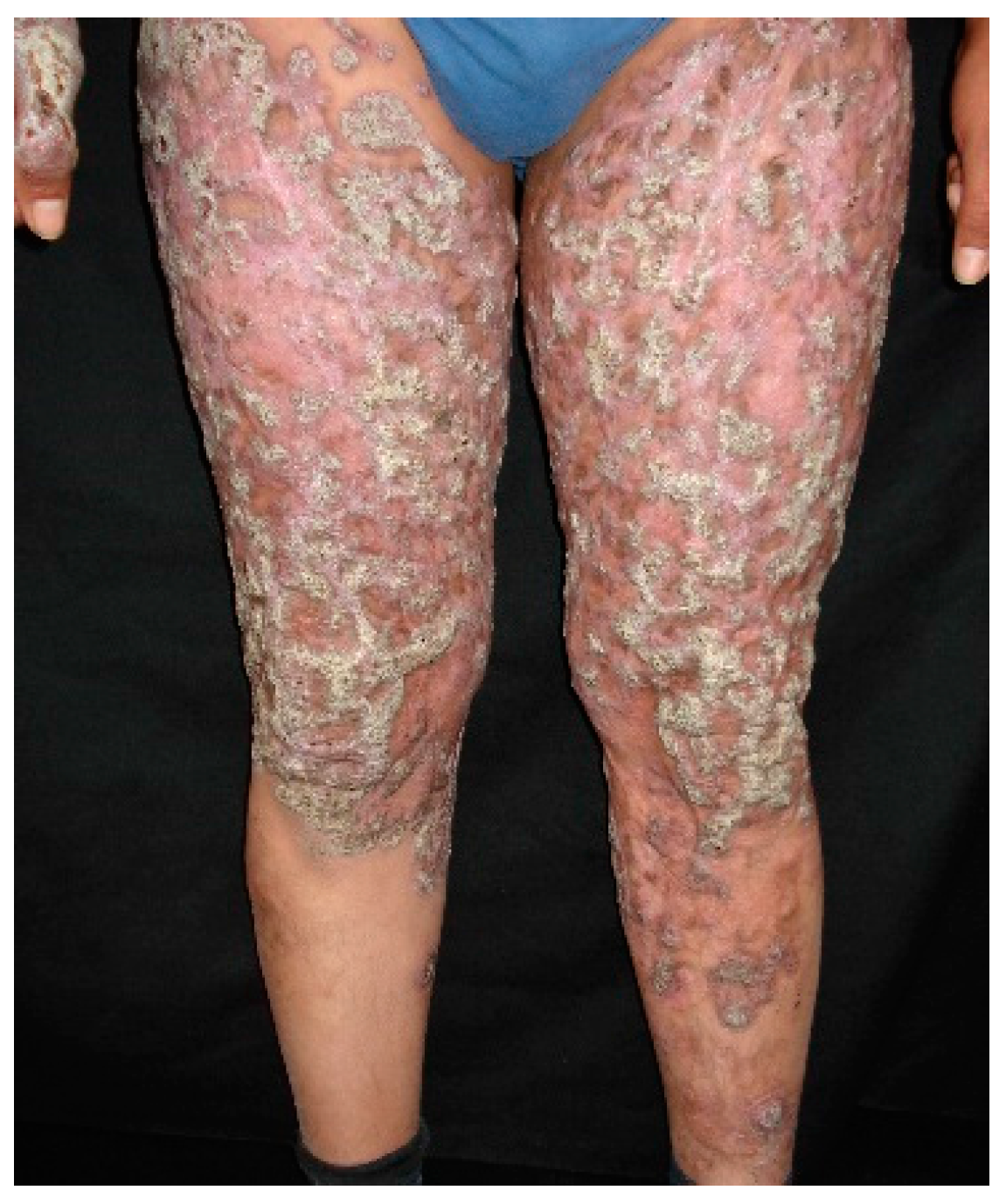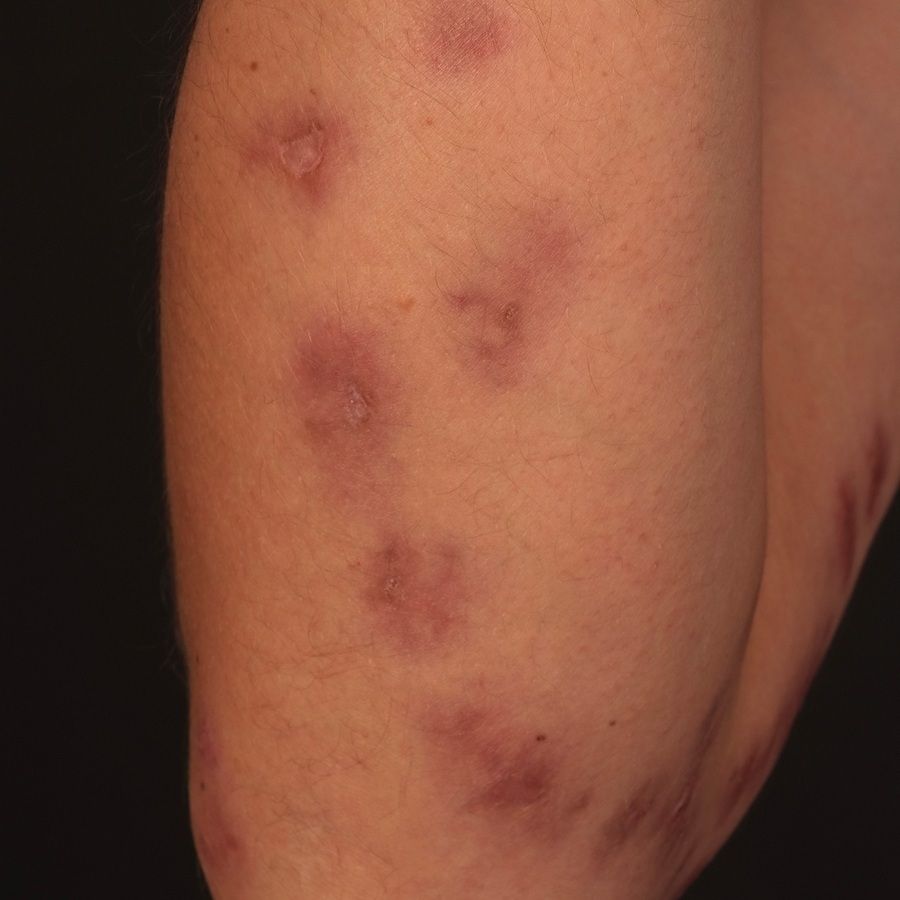Rose Gardener Disease Skin

Sporotrichosisis an infection of the skincaused by a fungus Sporothrix schenckii.
Rose gardener disease skin. Sporotrichosis usually begins when fungal spores are forced under the skin by a rose thorn or sharp stick. Jaundice in babies who are less than 38 weeks old is typically harmless and quite common. Sporotrichosis is a fungal infection of the skin caused by the fungus Sporothrix schenckii which is found on decaying vegetation rosebushes twigs hay sphagnum moss and mulch-rich soil.
It is usually associated with minor skin cuts and scrapes that occur when handling vegetation. Should a thorn embed the skin beyond that of a. If youve discovered that your eyes and skin have taken on a yellow hue it could be a dangerous sign.
The infection may also begin in apparently unbroken skin. Roses are known for their thorny stems and mechanical injuries on the plant itself caused by this become the entry points of fungal infection. Sporotrichosis also termed rose gardeners or rose handlers disease is an infection caused by the fungus Sporothrix schenckii found throughout the world.
The best way to prevent rose-thorn disease is to wear appropriate gloves when pruning and to wash any minor punctures with an antibacterial soap. Basically it is a fungal infection caused by Sporothrix schenckii that enters the body through minor cuts on the skin while handling vegetation. Sporotrichosis is also known as rose gardeners disease.
Because of its tendency to present after a thorn injury it is also called rose gardener disease. The most common form of sporotrichosis is cutaneous infection. It starts out yellowish and turns brown becomes sunken and crack over time.
Sporotrichosis also known as Rose Gardeners disease is a fungal infection caused by the species Sporothrix schenckii which is shown in the figure. Sporotrichosis is a rare infection affecting farmers and gardeners. Background Also known as Rose gardeners disease Caused by the fungus Sporothrix schenckii found on rose thorns Usually affects skin although other rare forms can affect the lungs joints bones and brain Enters skin through small cuts and abrasions and inhalation for pulmonary disease Can also.



